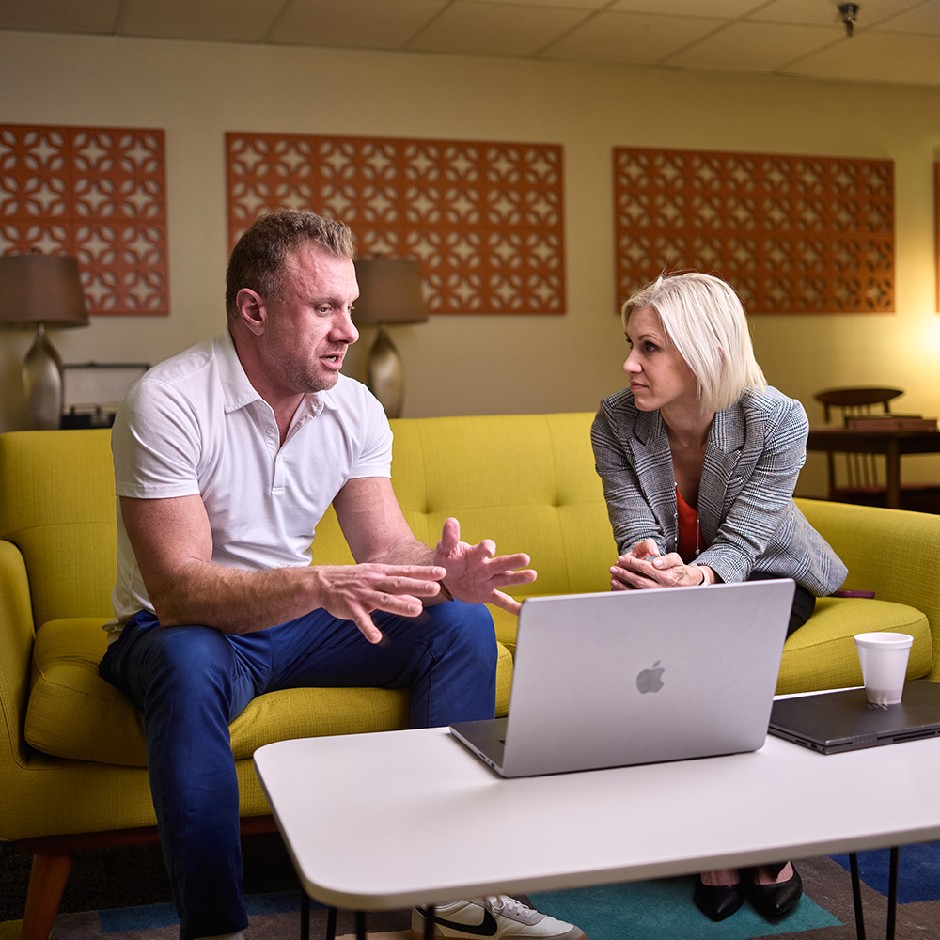How To Record a Podcast Remotely
A few years ago, I was a budding podcaster with a mission to share stories and knowledge with the world. But I faced a significant challenge: I couldn’t always be in the same room as my guests. That’s when I discovered How To Record a Podcast Remotely.
Through a lot of trial and error (a lot of error), I’ve learned so much along the way.
Today I’ll share my tips and recommendations on recording high-quality remote podcast episodes.
So let’s get started on transforming your idea into an amazing remote podcast episode!
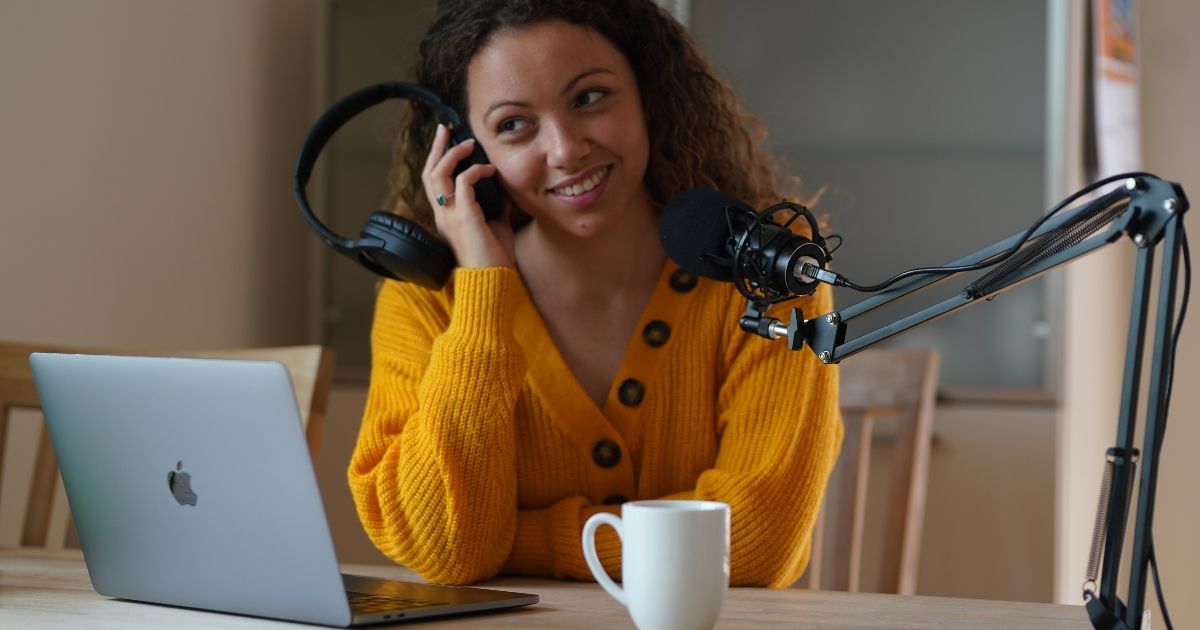
Record a Podcast Remotely: Choosing the Right Platform
The first step in remote podcasting is finding a remote recording platform that suits your needs.
Many options are available, each with its unique features and price points. Some popular platforms include Zencastr, SquadCast, and Riverside. FM.
To choose the right one, consider factors like sound quality, ease of use, and additional features like video podcasting and live streaming capabilities.
For my podcast, I found SquadCast to be the perfect fit, with its intuitive interface and high-quality audio recording.

Ensuring a Stable Internet Connection
When recording a remote podcast, a stable internet connection is vital for both you and your guest.
A poor connection can result in choppy audio or video, making your podcast difficult to understand or enjoy. To avoid this, I recommend using an Ethernet cable instead of Wi-Fi whenever possible, as it provides a more stable connection.
Additionally, ask your guest to do the same and close any unnecessary applications that might consume bandwidth during the recording session.
Preparing Your Recording Environment
To minimize background noises and ensure the best sound quality, it’s important to create a suitable recording environment.
When I first started, I recorded my podcast episodes in my living room, which was filled with echoes and background noise from the street.
After trying different locations, I finally settled on a small, carpeted room with curtains and soft furnishings to absorb sound. Encourage your guest to find a similarly quiet space and use a good-quality microphone to further improve audio quality.
Mastering Your Microphone Setup To Record a Podcast Remotely
A crucial aspect of remote podcasting is choosing and setting up a suitable microphone.
As I experimented with different microphones, I realized that not all of them are created equal. Invest in a decent microphone to capture high-quality audio, such as the Audio-Technica ATR2100x or the Rode PodMic.
When setting up your microphone, use a stand or boom arm to position it close to your mouth at a 45-degree angle to avoid plosive sounds. Instruct your guest to do the same with their microphone, ensuring consistent audio quality throughout the podcast episode.
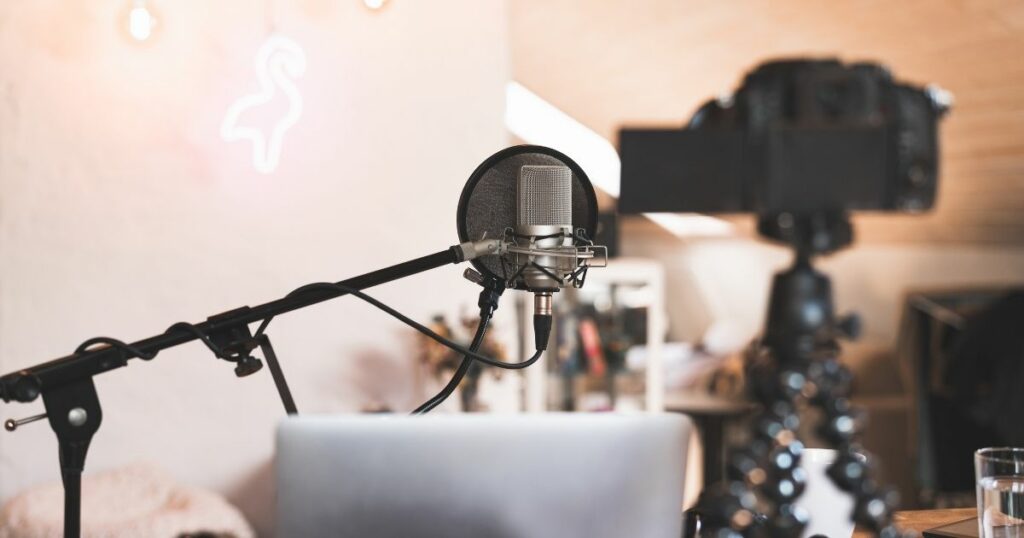
Selecting the Right Headphones
Wearing headphones during your remote recording sessions is essential for two reasons: it prevents audio feedback, and it allows you to monitor your sound quality in real-time.
I learned this the hard way when I had to scrap an entire episode due to an audio issue I didn’t notice during the recording.
Closed-back headphones are ideal for podcasting because they minimize sound leakage, which could be picked up by your microphone. Some popular options include the Sony MDR-7506 and Audio-Technica ATH-M40x.
Encourage your guest to use headphones as well, even if they’re not as tech-savvy or don’t have professional equipment.
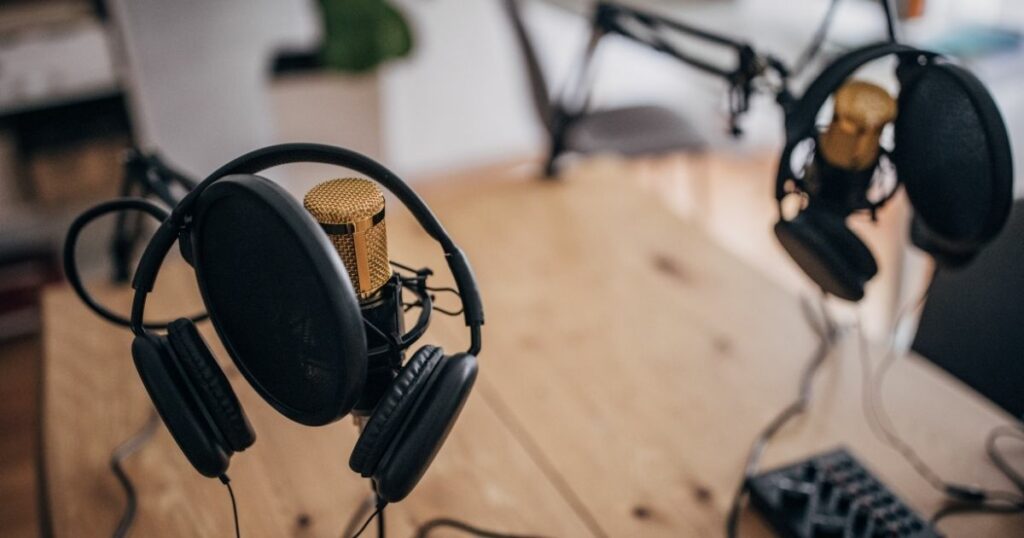
Record a Podcast Remotely: Interview and Communication
One of the biggest challenges in remote podcasting is conducting a seamless remote interview.
To ensure a smooth experience, I always schedule a pre-interview call with my guests to test their equipment, internet connection, and the remote recording platform.
This helps identify any potential issues before the actual recording and allows both parties to become comfortable with the setup.
During the interview, maintain clear communication and be patient with any technical difficulties. I find it helpful to establish visual cues, such as raising a hand to signal a question, to avoid interruptions while recording video.
Remember that there might be a slight delay in audio, so allow for brief pauses before responding to your guest.

Taking Advantage of Remote Recording Software Features
Many remote recording platforms offer features that can enhance your podcast episodes.
For instance, most platforms automatically record separate audio files for each participant, making post-production and podcast editing easier. Some platforms also offer built-in live streaming capabilities, allowing you to reach a wider audience through platforms like YouTube and Facebook.
Managing Your Recording Sessions
Organization is key when it comes to remote podcasting.
To keep track of my podcast episodes, I create a shared folder with my guest, where we can both upload our individual audio files and any other relevant materials. This way, we have easy access to everything needed for post-production.
Additionally, make sure to record a backup of your audio to avoid losing valuable content due to technical issues. I learned this lesson the hard way when a software glitch caused me to lose an entire interview.
Post-Production: Enhancing Your Sound Quality
Even with high-quality audio recordings, post-production is necessary to polish your podcast episodes.
During the editing process, focus on eliminating any unwanted background noises, adjusting volume levels, and removing awkward pauses or verbal fillers. There are various podcast editing tools available. These are my recommendations:
- Audacity,
- Adobe Audition
- Descript
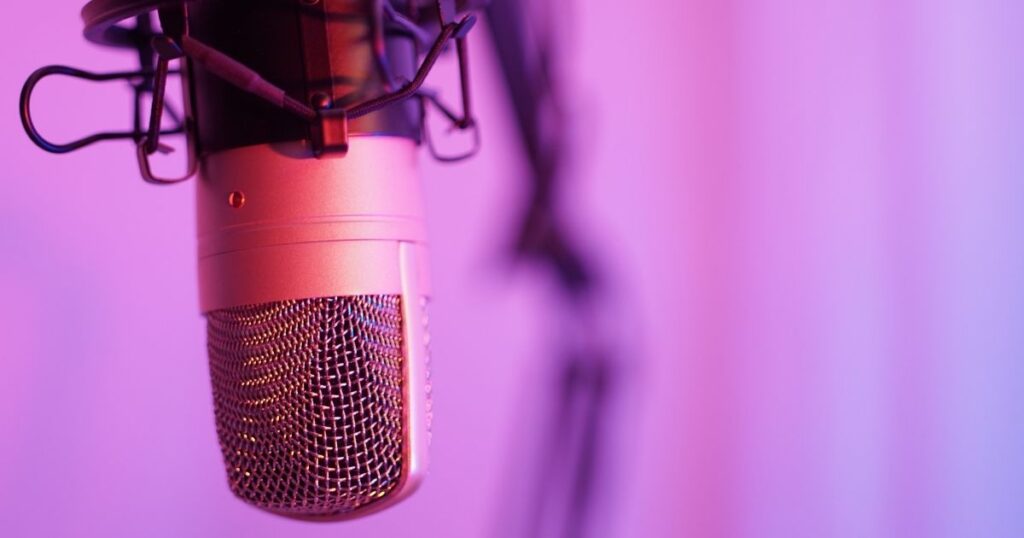
For those less experienced in audio editing, consider outsourcing this task to a professional podcast editor. In my early days of podcasting, I found that working with a skilled editor not only saved me time but also significantly improved the overall sound quality of my episodes.
Video Podcasting and Live Streaming
If you decide to venture into video podcasting or live streaming, there are additional considerations to keep in mind.
Ensure that both you and your guest have adequate lighting and a clean, uncluttered background. Test your video setup before the recording session to identify any potential issues, such as poor camera angles or unfavorable lighting conditions.
Live streaming can be a fantastic way to engage with your audience in real time and attract new listeners. However, it requires careful planning and preparation to avoid technical issues and ensure a smooth experience for both you and your viewers.
Promoting Your Remote Podcast
Once your podcast episodes are produced and polished, it’s time to share them with the world.
Social media platforms, such as Twitter, Instagram, and Facebook, are excellent for promoting your podcast and connecting with your target audience. Don’t forget to use relevant hashtags and engage with your listeners by responding to comments and messages.
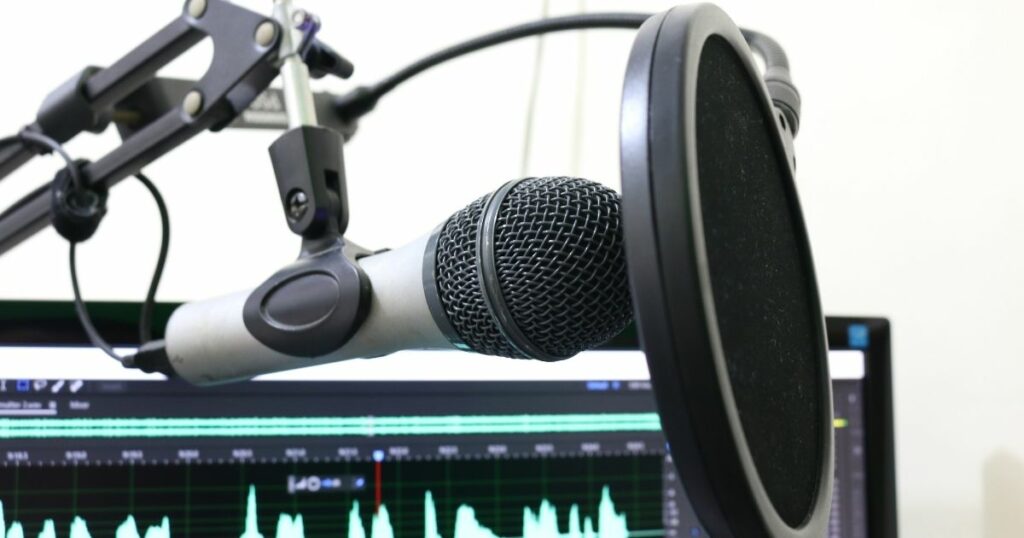
Additionally, collaborate with other podcasters and industry influencers to expand your reach. I’ve found that being a guest on other podcasts or inviting notable experts to join my podcast has significantly boosted my listener base.
Record a Podcast Remotely
Podcasting has become an amazingly versatile medium for content creators, educators, and entrepreneurs to share their stories and present their ideas.
There are many factors to consider when creating successful remote recordings. These include selecting the right recording platform, preparing and testing the equipment setup, and improving the sound quality of your podcast. Lastly, it’s important to let the world know about your work.
Take the time to cover each step we’ve discussed in detail. This will ensure you get the most out of any podcast session, even when working from home.
Most importantly, have fun creating meaningful podcasts that really resonate with audiences.
And let us know if you need help producing or archiving your podcasts – don’t hesitate to contact us for a free strategy call.
